UI vs UX Design: Which Creative Career Fit Best For You?

Source: Ui8 Design, Crypter - NFT Marketplace UI Kit, Behance, https://www.behance.net/gallery/116910551/Crypter-NFT-Marketplace-UI-Kit
The fields of UI (User Interface) design and UX (User Experience) design have emerged as pivotal elements in creating compelling, user-friendly digital products. As technologies evolve and the digital landscape expands, the demand for skilled designers in these areas has surged, making them highly attractive career paths. While both UI and UX design focus on optimizing user interactions and improving the aesthetics and functionality of digital products, they involve distinct skills and perspectives.
UI design is predominantly concerned with the visual aspects of a user interface, encompassing layout, typography, and color schemes. It's where art meets technology, requiring a keen eye for detail and a strong sense of visual aesthetics. On the other hand, UX design delves deeper into the user's overall experience, employing strategies rooted in psychology and user research to ensure the product not only looks good but feels intuitive and accessible.
Choosing between a career in UI design and UX design involves understanding these nuances and recognizing where your personal interests and strengths lie. This article explores the essential aspects of both careers, helping you determine which path aligns best with your professional aspirations in the creative digital landscape.
Understanding UI Design: What It Entails and Its Core Principles
UI design, or User Interface design, is a crucial component of the digital product development process, focusing primarily on the aesthetics and functionality of a product’s interface. At its core, UI design is about enhancing the visual experience of a product, ensuring that users can interact with it in the most efficient and visually pleasing manner possible. This career in the digital design landscape involves a deep understanding of color schemes, typography, and layout, which are used to create clear and attractive interfaces.
A key principle of UI design is simplicity. UI designers strive to create interfaces that are uncluttered and intuitive, emphasizing ease of use over decorative elements. Consistency is another vital aspect, as it helps maintain a seamless experience across all pages and applications by using uniform elements. Responsiveness also plays a significant role, ensuring that the design works across various devices and screen sizes, adapting to the needs of mobile and desktop views alike.
For those interested in a career in UI design, developing a keen eye for detail and a strong sense of visual aesthetics is essential. Understanding user behaviors and preferences is also critical, as it allows the designer to tailor the interface to meet user expectations effectively. By mastering these principles, UI designers can significantly impact the user's journey, making it as smooth and enjoyable as possible.
Exploring UX Design: The Science Behind User Experience
UX design, or User Experience design, transcends traditional boundaries of graphic design by focusing on the entire experience a user has with a product or service. Unlike UI design, which concentrates on the look and feel of a product, UX design addresses the functionality and impact of a product on its users. It integrates aspects of psychology, user research, and design thinking to create seamless, intuitive, and user-centric products that foster engagement and satisfaction.
The science behind UX design involves understanding the user's needs and behaviors from a holistic perspective. UX designers employ a variety of tools, including persona creation, user journeys, and usability testing, to gain insights into user interactions and pain points. These insights are then used to iterate on product solutions that enhance user satisfaction and accessibility.
A critical principle in UX design is empathy, as understanding and anticipating the needs and emotions of users is key to creating effective, impactful user experiences. Another fundamental aspect is usability, ensuring that products are accessible and easy to use for as wide an audience as possible.
For those considering a career in UX design, it’s important to have strong analytical skills and a passion for solving user problems through innovative design solutions. UX designers must continuously learn and adapt to new user behaviors and technology trends, making it a dynamic and challenging career path within the broader field of UI design, UX design, and digital product development.
Educational Requirements for UI and UX Designers
The educational pathways for careers in UI design and UX design are diverse, reflecting the interdisciplinary nature of these fields. For aspiring UI and UX designers, a range of formal education options is available, including bachelor’s and master’s degrees in graphic design, computer science, information technology, human-computer interaction, and digital media arts. These programs often cover essential skills such as design thinking, visual communication, and user-centered design principles.
In addition to traditional degree programs, many designers also benefit from specialized training through bootcamps and online courses that focus specifically on UI or UX design. These intensive programs are designed to build job-ready skills in a short period. Popular platforms like Coursera, Udemy, and General Assembly offer courses that cover everything from basic design principles to advanced user research and interface design techniques.
Certifications can also enhance a designer’s credentials, with professional bodies such as the Interaction Design Foundation and Nielsen Norman Group offering courses that validate expertise in specific areas of UI and UX design.
Moreover, practical experience is crucial. Internships and project-based learning provide invaluable hands-on experience, allowing designers to apply their skills in real-world scenarios. This combination of formal education, specialized training, certification, and practical experience equips UI and UX designers with the robust skill set needed to succeed in their careers.

Skill Set Comparison: UI vs. UX
While both UI and UX design play crucial roles in product development, the skills required for each discipline vary significantly due to their different objectives and focus areas. UI design is predominantly concerned with the visual aspects of a product. Essential skills for UI designers include graphic design, color theory, branding, and proficiency in design software like Adobe Creative Suite, Sketch, and Figma. These designers must have a keen eye for aesthetic detail and the ability to create clean, artful design elements that are visually engaging and align with a brand’s identity.
Conversely, UX design is more analytical and focused on the overall feel of the experience. UX designers need strong skills in user research, wireframing, prototyping, and usability testing. They must excel in areas like cognitive psychology, interaction design, and information architecture to ensure that a product logically flows from one step to the next. Tools such as Axure, Balsamiq, and InVision are commonly used by UX professionals to create functional prototypes and conduct user testing sessions.
Both UI and UX designers benefit from soft skills such as communication, empathy, and problem-solving. These competencies enable them to collaborate effectively with other team members and stakeholders and to advocate for the user’s needs. Additionally, both roles require a degree of technical knowledge, including a basic understanding of coding languages such as HTML, CSS, and JavaScript, which can greatly influence design decisions and implementation.
Work Environment and Culture: Agency vs. In-House
Choosing between working in an agency or an in-house team can greatly affect a designer's career in UI and UX design. Agency environments are often fast-paced, with designers typically juggling multiple projects at once across diverse industries. This setting is dynamic and can be highly creative, offering exposure to a broad array of projects and clients. Agencies often encourage pushing design boundaries and innovating, which can be tremendously fulfilling for designers looking for variety and constant challenges.
In contrast, in-house design positions usually focus on a single brand. This allows designers to dive deep into a specific brand's challenges and user base, fostering a more consistent and immersive understanding of the product and its audience. In-house teams often benefit from a more predictable work pace and deeper collaboration with a single set of stakeholders, which can lead to more strategic and refined outcomes.
Both environments offer valuable experiences but differ significantly in terms of workflow, team interaction, and design opportunities. Agency life might suit those who thrive in a fast-moving environment and enjoy rapidly changing tasks. In contrast, an in-house position is ideal for those who appreciate deeper involvement with one brand and enjoy cultivating long-term strategies and solutions.
Project Collaboration and Team Dynamics
Effective collaboration is central to successful UI and UX design projects, as these fields involve a high degree of interaction with various stakeholders, including other designers, developers, product managers, and clients. UI and UX designers must be adept at communicating their ideas and integrating feedback to refine their designs continuously.
In a typical project, UX designers start by researching and understanding the user's needs, creating personas and journey maps to guide the design process. They then work closely with UI designers, who translate these functional requirements into visually appealing designs. Throughout this process, both types of designers regularly interact with developers to ensure that the designs are technically feasible and well-integrated with back-end systems.
The dynamics within these teams can significantly influence the project's success. Strong project management skills are crucial, as they help to ensure that all members are aligned on goals, timelines, and expectations. Regular meetings and agile methodologies, such as Scrum or Kanban, are often employed to maintain momentum and adapt quickly to any changes or new insights.
For those considering a career in UI or UX design, understanding the importance of team dynamics and developing strong communication and negotiation skills can be just as important as mastering design skills. These competencies enable designers to work effectively within teams, contribute to a positive work environment, and drive successful outcomes in their projects.
The Role of Creativity in UI and UX Design
Creativity is a fundamental aspect of both UI and UX design, serving as a driving force that shapes the way products are conceptualized and realized. In UI design, creativity manifests through the visual and interactive elements of a product interface. Designers employ creativity to craft aesthetically pleasing designs that also align with the functional needs of the user. This involves innovative use of color, typography, and imagery, ensuring that the interface is not only intuitive but also engaging.
In UX design, creativity is equally crucial but applied differently. UX designers use creative problem-solving to enhance the user experience. This includes devising unique ways to gather user insights, such as through creative usability tests or novel research methods. The solutions devised are often creative adaptations to user needs and behaviors, ensuring the product feels natural and intuitive to use.
Both roles require a blend of artistic skill and technical know-how, but the creative demands in each are shaped by different end goals: aesthetic appeal and functional usability. For anyone pursuing a career in UI or UX design, fostering creativity involves continuous learning and staying updated with the latest design trends and technologies. This ongoing development not only enhances a designer's skill set but also ensures they can innovate effectively within their field.

Career Trajectory and Growth Opportunities
The career paths for UI and UX designers are rich with opportunities for growth and advancement. Starting typically as junior designers, individuals in these fields can progress to senior designer roles, where they take on larger projects and more complex design challenges. With experience, designers often advance to lead roles, such as UX Lead or UI Manager, overseeing entire design departments and strategy implementation.
Further progression can lead to executive-level positions like Director of UX or Chief Design Officer, where the focus shifts from hands-on design to strategic oversight across large organizations and projects. These roles involve shaping design philosophies, driving innovation, and ensuring that design practices align with business goals.
Additionally, UI and UX designers have ample opportunities to specialize in areas such as interaction design, mobile app design, or user research, each offering paths to becoming subject matter experts.
Freelance Versus Full-Time
Choosing between a freelance and a full-time career in UI design, UX design, or any creative field can significantly impact your work-life balance, income stability, and career development. Freelance designers enjoy the flexibility of choosing their projects and clients, which can lead to a diverse portfolio and a wide network. This path allows for greater control over work hours and location, appealing to those who seek work outside the traditional office environment or need to balance other life commitments.
However, freelancing also involves challenges such as variable income, the need to constantly seek new clients, and managing all aspects of the business, including finances and marketing. This career path requires strong self-motivation and exceptional organizational skills.
Conversely, full-time employment provides a more stable income and structured career development opportunities. Full-time roles often come with additional benefits such as health insurance, retirement plans, and paid leave. These positions may also offer more consistent team collaboration, which can be crucial for professional growth and mentorship.
Ultimately, the decision between freelance and full-time work should align with your personal career goals, financial needs, and lifestyle preferences. Both paths offer valuable experiences and can be fulfilling, depending on what you prioritize in your UI or UX design career.
Choosing Between UI and UX Design: Which Is Right for You?
Deciding whether to pursue a career in UI design or UX design depends largely on your interests and skills. UI design is ideal for those with a passion for visual arts and an eye for aesthetic detail. It involves creating the look and feel of a product's interface, focusing on the layout, colors, typography, and other visual elements. This role suits someone who enjoys graphic design, branding, and working closely with visual content.
On the other hand, UX design is better suited for those interested in the psychology behind user behavior and designing overall user experiences. UX designers focus on the functionality and usability of products, requiring strong analytical skills and a proficiency in user research, testing methodologies, and prototyping. This role is ideal for those who want to impact how users interact with and experience a product or service.
Both careers require a blend of creativity and technical skills, but the emphasis differs. UI designers craft what users see, while UX designers shape how users interact with the product. If you enjoy making things beautiful and intuitive, consider UI design. If you're driven by optimizing function and enhancing user satisfaction, UX design might be the right fit. Understanding these nuances will help you choose the path that aligns best with your passion and skills in the expanding realms of UI and UX design.
Conclusion
Choosing a career in UI design or UX design offers a world of opportunities to creatively influence technology and user interactions. Whether you gravitate towards the visual crafting of interfaces in UI design or the strategic user-centric methodologies in UX design, both paths offer rewarding challenges and substantial growth potential. As the digital landscape continues to evolve, the demand for skilled designers in these fields is only set to increase. By understanding your strengths and interests, you can select a career that not only fulfills your creative ambitions but also positions you for long-term success in the ever-expanding realm of design.
Let Us Know What You Think!
Every information you read here are written and curated by Kreafolk's team, carefully pieced together with our creative community in mind. Did you enjoy our contents? Leave a comment below and share your thoughts. Cheers to more creative articles and inspirations!


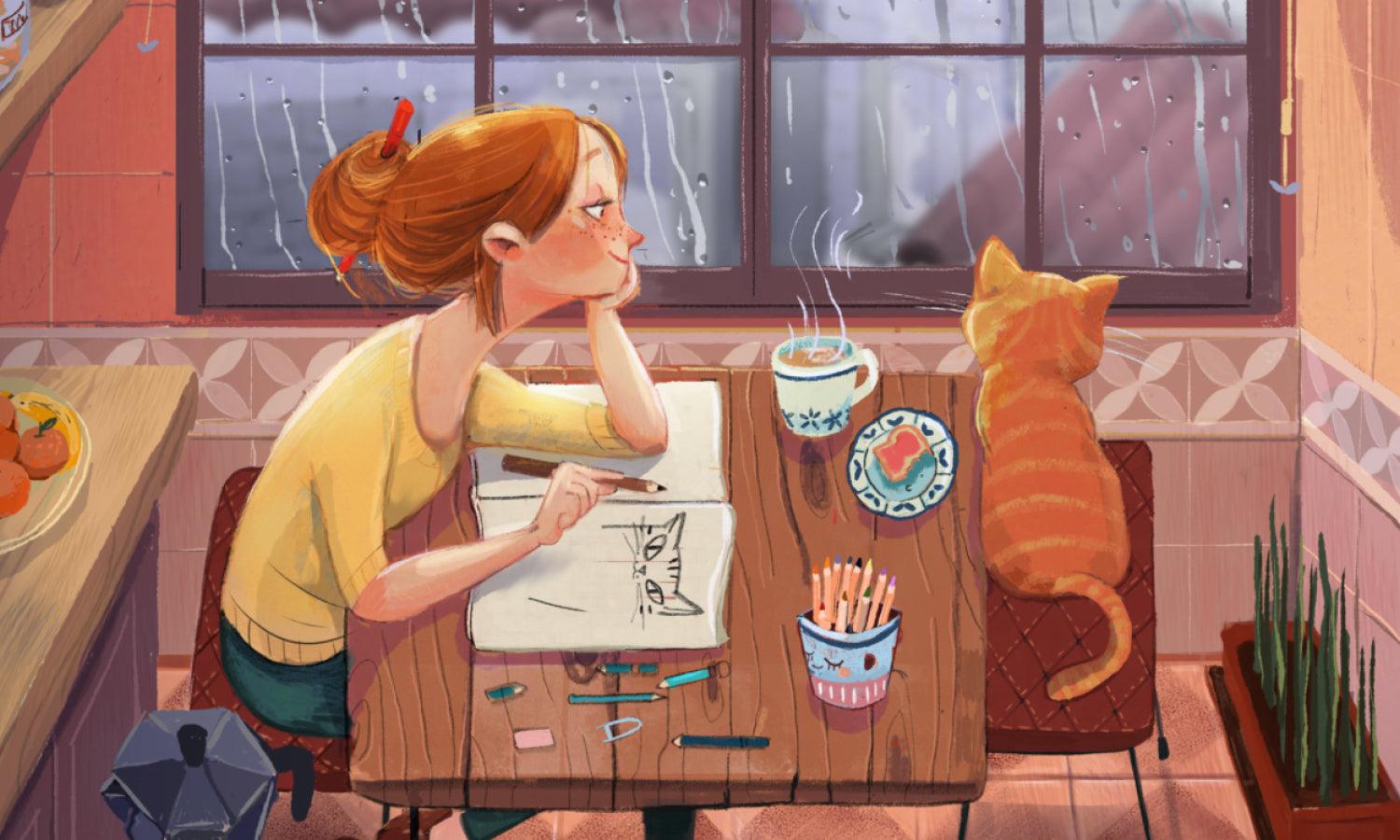



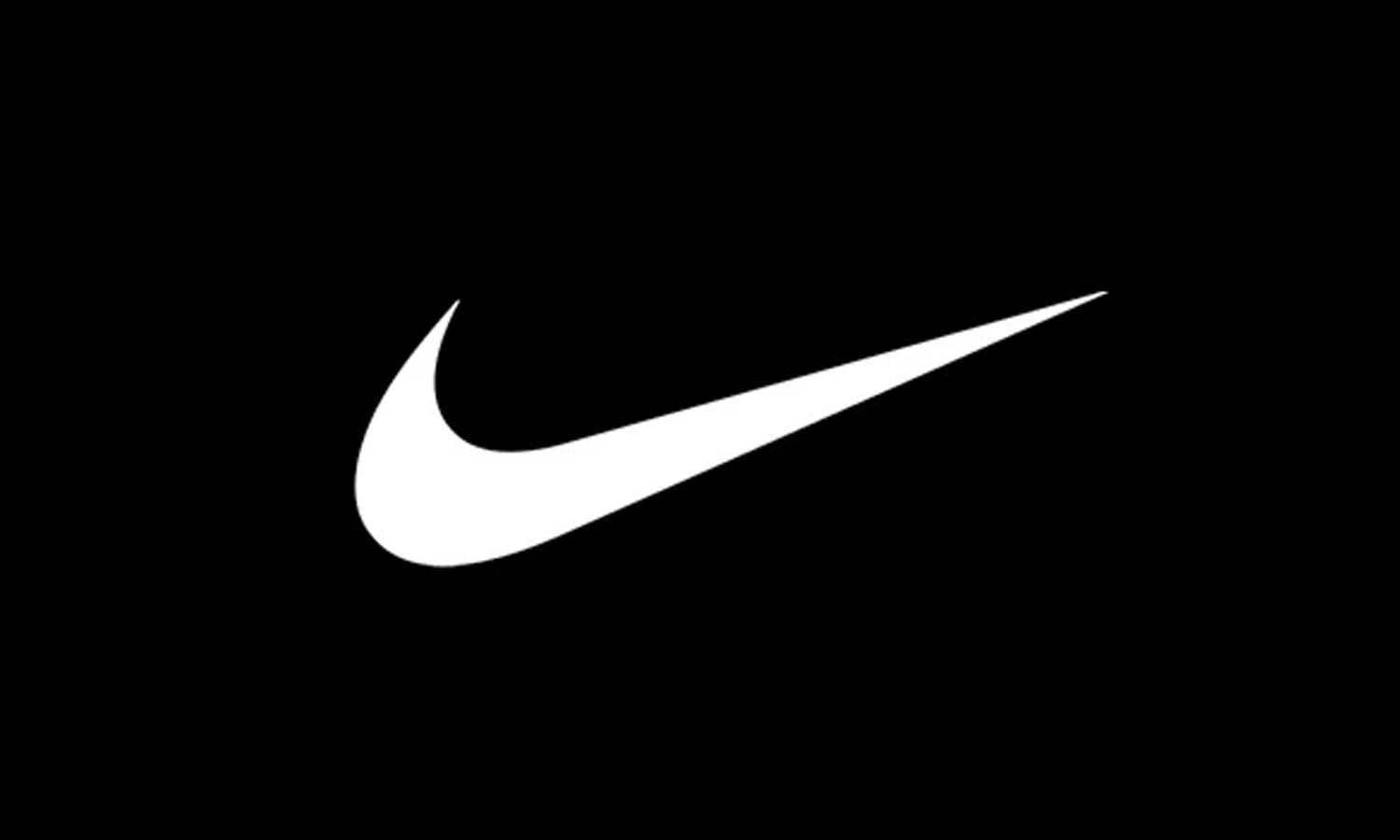
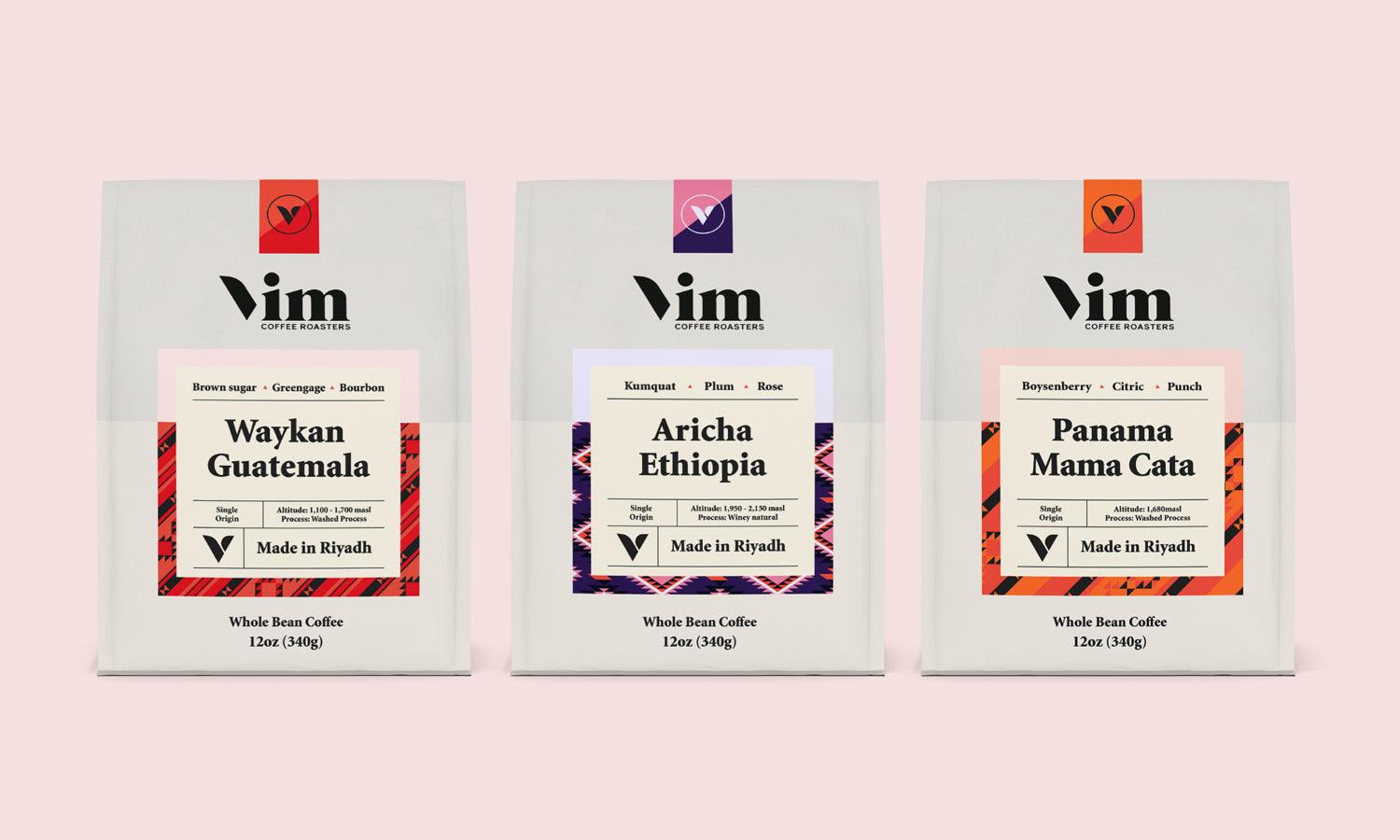
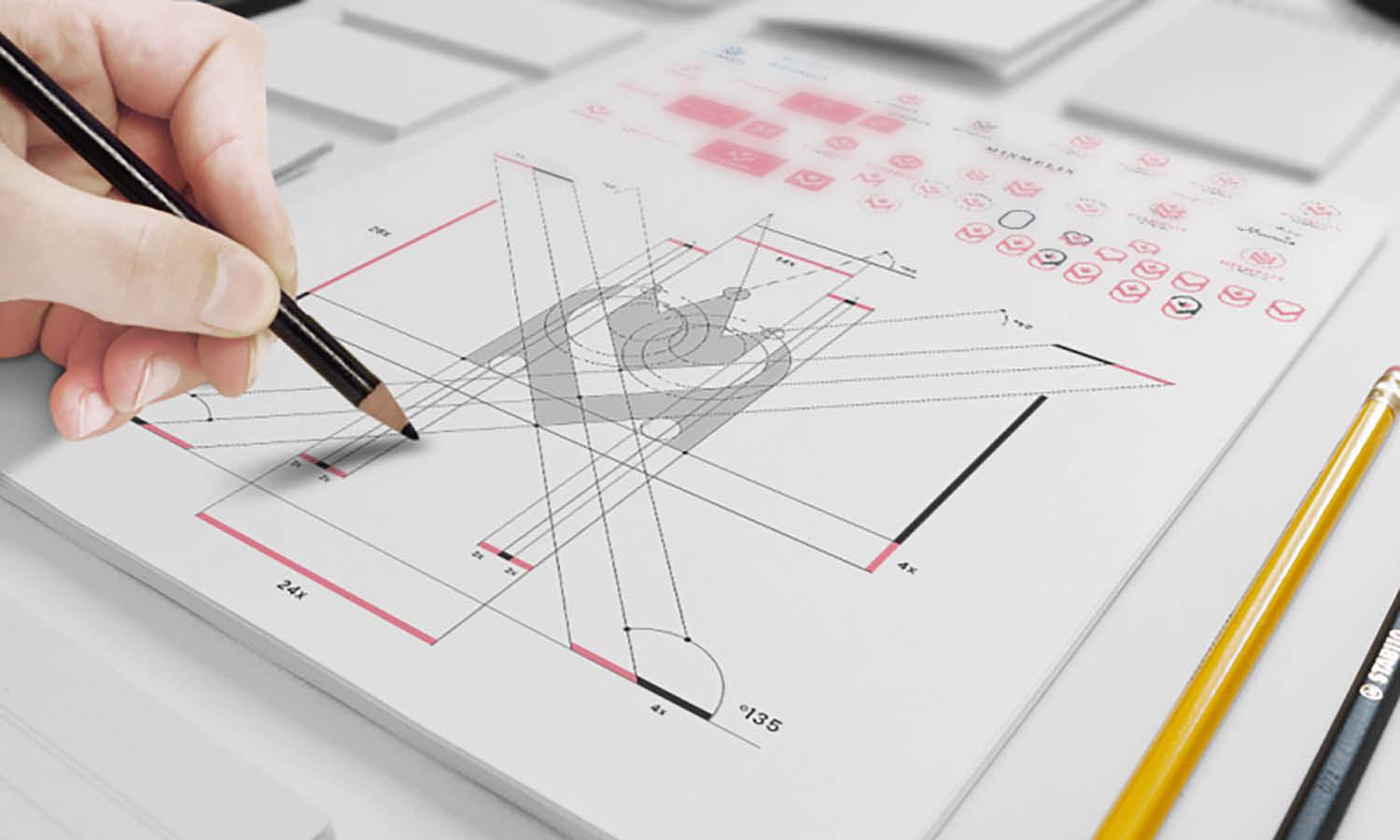
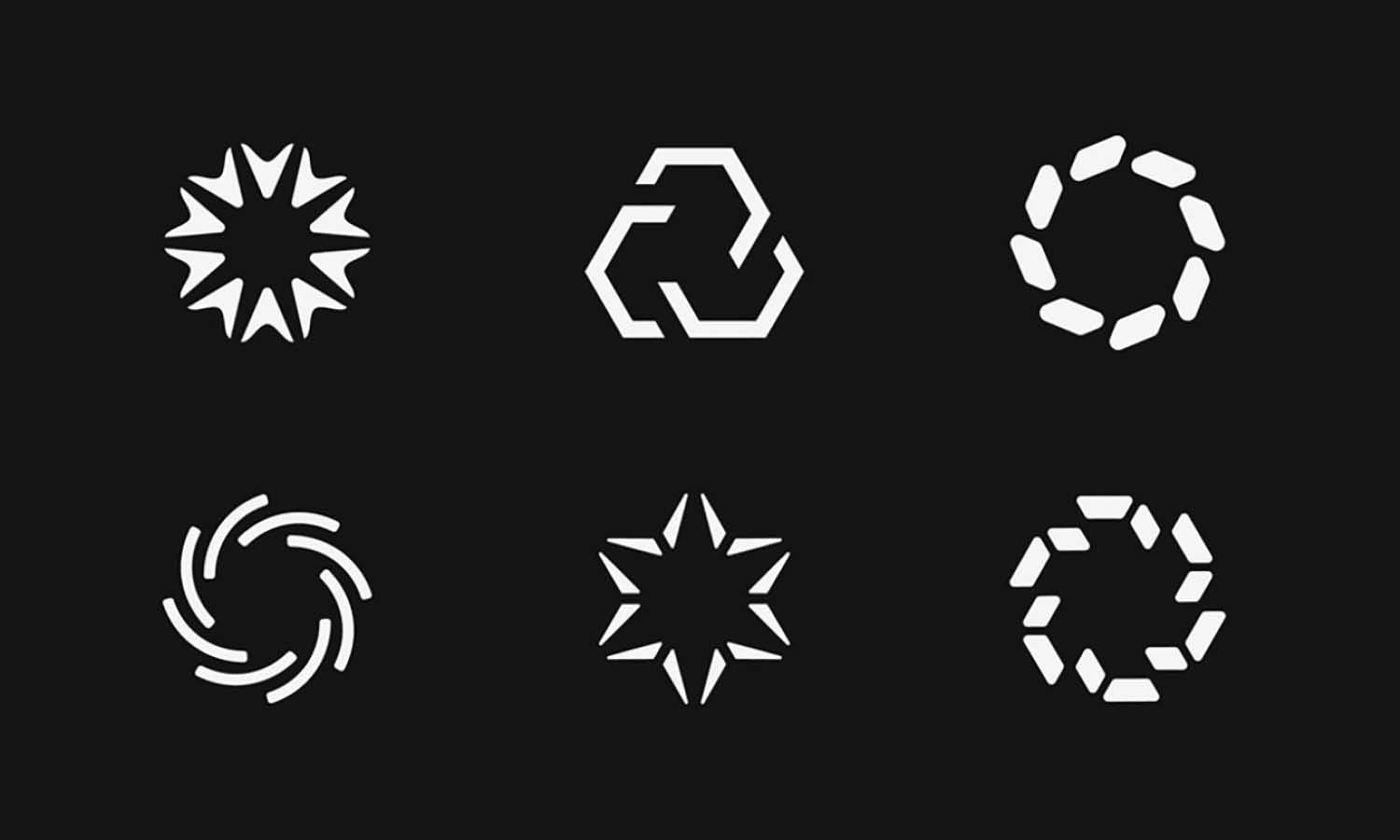
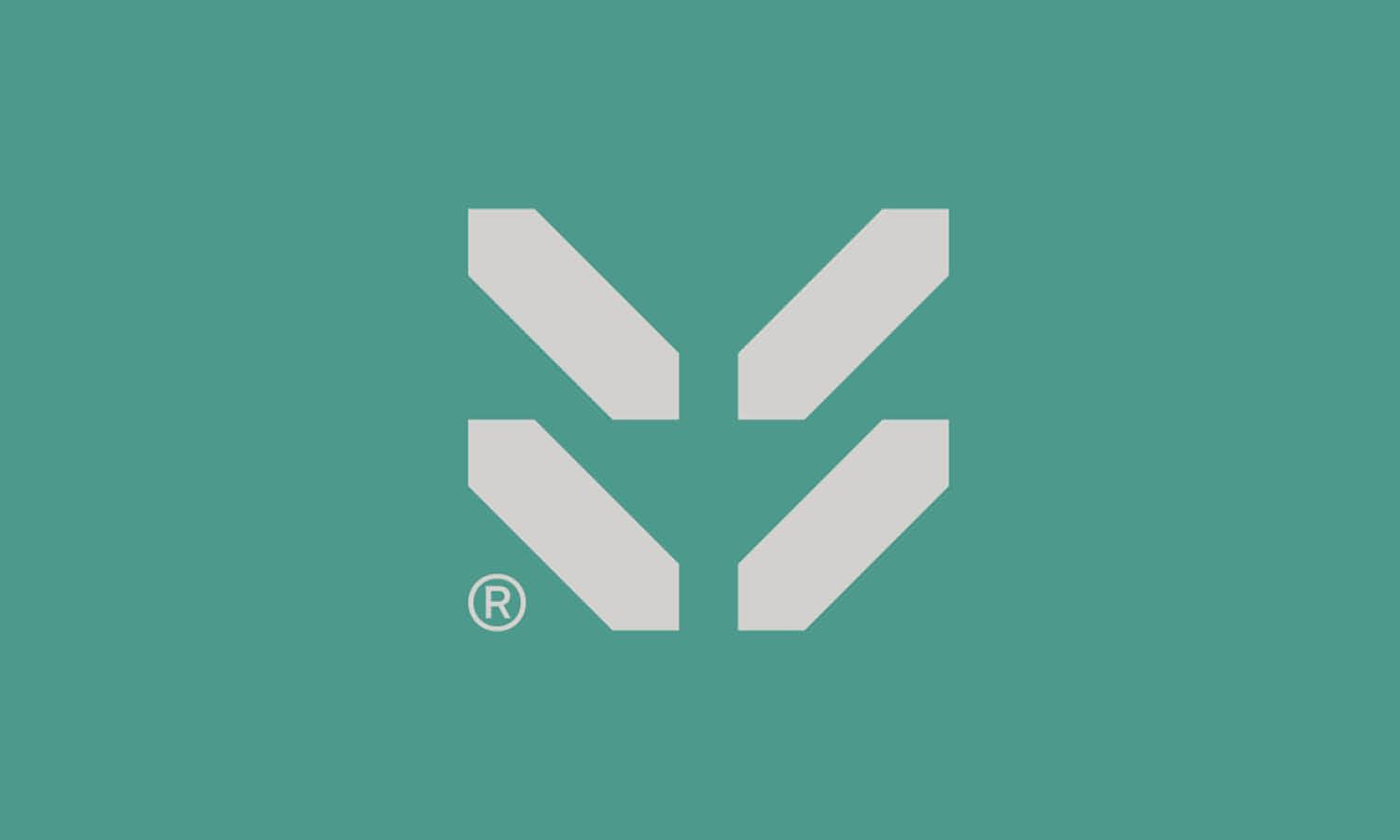





Leave a Comment